
Petplan, one of the UK's most popular pet insurers, has revealed that 60% of pets can be considered obese.
Owners treat their beloved pets with what they feel will do them good ?fatty snacks, titbits from the table ?in addition to the large portions of food they already eat at mealtimes. As a result, pet insurance claims due to health problems directly related to being overweight are spiralling.
So what are the facts? Petplan insures 800,000 pets in the UK, and in the last five years they have seen obesity related health claims increase by 60%. The result - pet insurers could start slashing payouts as a penalty if your pet is overweight.
So what health problems can an overweight pet experience? Common problems include joint, ligament and tendon issues, problems with breathing, overexertion on the heart, and diabetes. Large, overweight cats can develop skin disorders because they are not able to clean themselves properly. The long-term effects on your pet's health and lifespan could be disastrous.
It's not all bad news though ?putting your pet on a diet is a lot easier than doing the same to yourself. At least your pet has no choice in the matter, and doesn't have to deal with the temptation of the Indian takeaway after a hard day at the office, or that second, third, fourth (!) glass of wine. Your pet can only eat what it's given, so you can take control of the situation. The weight of your pet is your responsibility, so if it is overweight then it's your job to remedy the situation. It's not all about food either, if you have an overweight dog then take a bat and ball on the walk and really get that doggy working out! It will do you some good too.
Here's how to tell if your pet needs to lose some weight. Of course your pet will have a certain amount of padding, but there shouldn't be too much. First off, rub your pet gently over their ribs, you should be able to feel them without any trouble and the skin should move over the ribs quite easily. Then take a look at your pet from the side from a few metres away. If your pet has a hanging stomach and looks like it could be expecting some babies, then it's definitely time to introduce a diet. Your pet's stomach should slope in to form an obvious waist area at the bottom of the rib cage. Now stand over your pet and take a look from above. If your pet's middle is bulging out to the sides like an apple then it's carrying extra weight.
It's not just the four-legged friends either, birds can also be overweight. Examine your bird for rolls of fat or a larger than usual breast area.
Some breeds and species of pet have weight problems inherent in their genetic make up.
For the dogs: Labradors, spaniels, beagles, corgis and retrievers are all genetically predisposed to becoming overweight, especially as they get older.
For the cats: less-active breeds, Persians for example, put on weight as they don't do much exercise. Zany, fast moving breeds like Abyssinians and Siamese usually keep the weight off.
For the birds: Amazon parrots are particularly prone to piling on the ounces.
If you have just come to the conclusion that your pet is overweight, don't be tempted to put your pet on a crash diet. Cats can develop a fatal liver problem if their food rations are suddenly cut and they lose weight at a fast rate.
Pets put on weight gradually so the reverse should be applied and their food allowance should gradually be cut. Stop giving them snacks between meals and stick rigidly to set mealtimes. They'll soon get used to the new regime. You can also introduce more exercise to help them get fitter and also improve their quality of life. Ask your vet for advice on how best to put your pet on a diet, and commit yourself to carrying it through. You owe it to your pet.
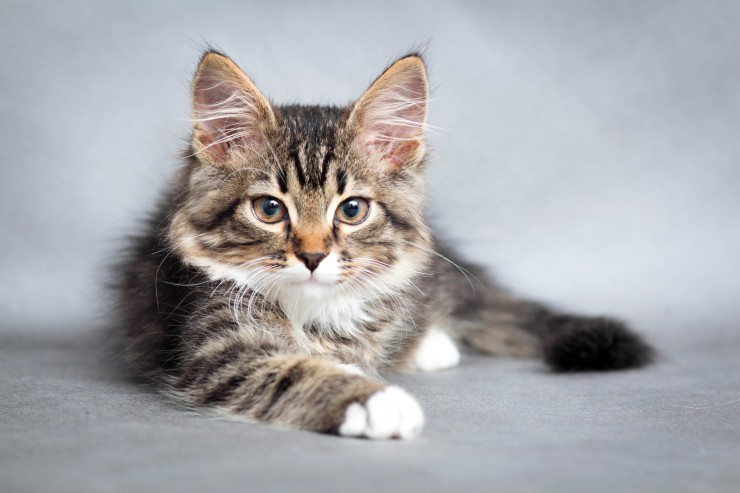 The Five Most Common Causes Of Allergies In Cats
The Five Most Com
The Five Most Common Causes Of Allergies In Cats
The Five Most Com
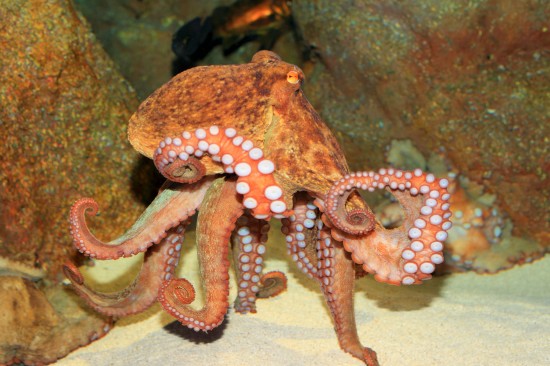 Can You Keep An Octopus As A Pet?
Can You Keep An O
Can You Keep An Octopus As A Pet?
Can You Keep An O
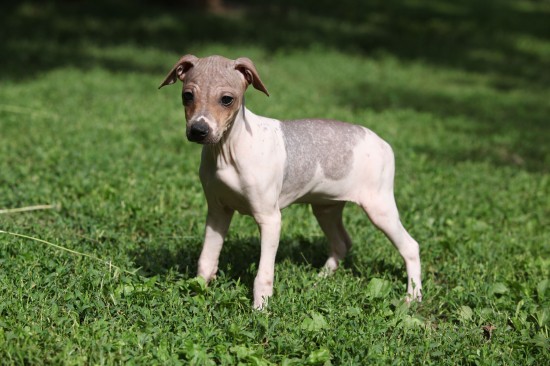 The Four Recognised Hairless Dog Breeds
The Four Recognis
The Four Recognised Hairless Dog Breeds
The Four Recognis
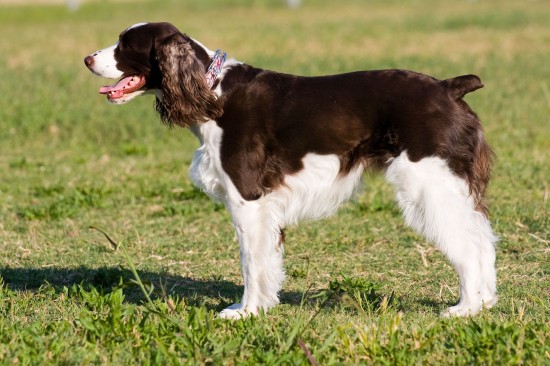 Longevity And Health Of The English And Welsh Springer Spaniels
Longevity And Hea
Longevity And Health Of The English And Welsh Springer Spaniels
Longevity And Hea
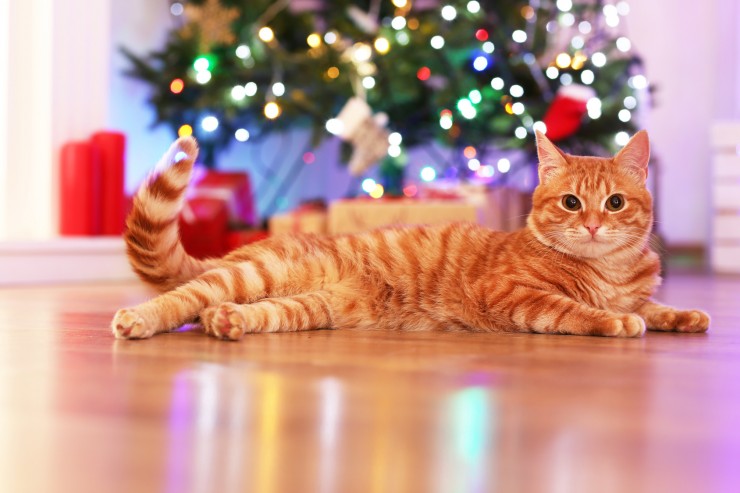 Keeping Your Cat Safe And Happy Over The Holidays
Keeping Your Cat
Keeping Your Cat Safe And Happy Over The Holidays
Keeping Your Cat
Copyright © 2005-2016 Pet Information All Rights Reserved
Contact us: www162date@outlook.com